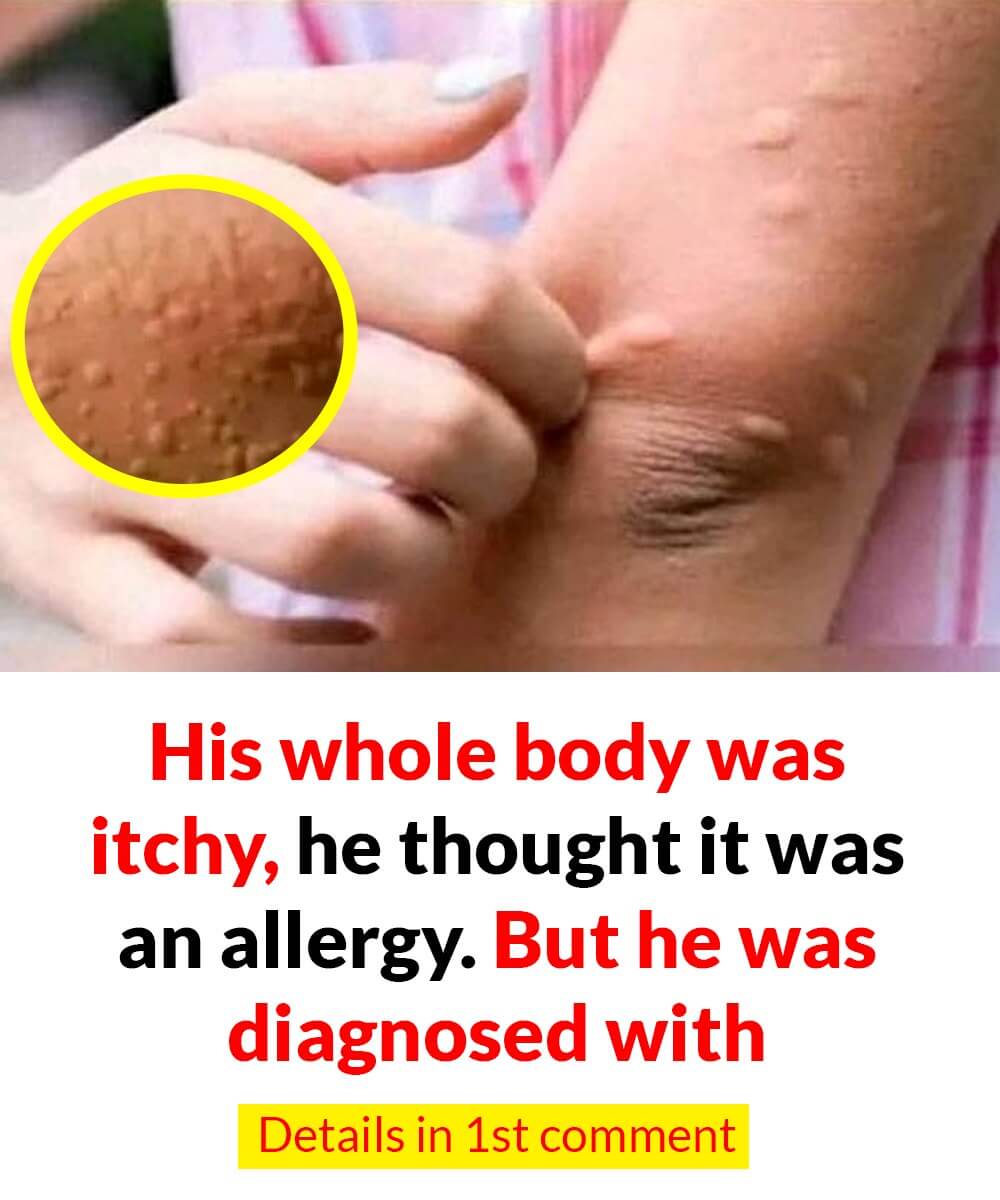Why Do Hives Appear on the Skin? Surprising Facts You Need to Know
Hives, medically known as urticaria, are raised, itchy welts that can appear anywhere on the skin. On lighter skin, they often show up as pink, red, or flesh-colored marks, while on brown or black skin they may appear as flesh-toned or slightly lighter or darker patches. Sometimes they sting or cause discomfort. In most cases, hives are triggered by an allergic reaction to certain foods, medications, or environmental irritants. Often, hives are temporary and respond well to allergy medications, disappearing on their own. However, chronic hives or those linked to severe allergic reactions may require urgent medical attention.
What Causes Hives?
Hives typically develop when the body reacts to something ingested or encountered. During an allergic reaction, your immune system releases histamines into the bloodstream. These chemicals are designed to protect the body from harmful substances but can also cause swelling, itching, and the hallmark rash of hives. Common allergens include pollen, certain medications, specific foods, pet dander, and insect stings. But allergies aren’t the only culprit—stress, tight clothing, exercise, infections, illnesses, and even extreme temperatures can also trigger hives. Excessive sweating or skin irritation may worsen the condition. In many cases, the exact cause remains unknown.
Who Is Most at Risk?
People with a history of allergies face a higher likelihood of developing hives. You may also be at risk if you’re taking certain medications, unknowingly exposed to allergens like pollen or specific foods, or already battling an illness or infection. These factors can make your skin more sensitive and reactive.
Symptoms
Chronic hives can present with:
– Clusters of raised welts (weals) appearing anywhere on the body.
– Welts that vary in color—red, purple, or skin-toned depending on your complexion.
– Lesions that change size, shape, and location throughout the day.
– Persistent itchiness (pruritus) that can become intense.
– Painful swelling (angioedema) around areas like the eyes, cheeks, or lips.
– Flare-ups triggered by stress, heat, or exercise.
– Symptoms lasting more than six weeks, recurring for months or even years.
Finding Relief: Treatment Options
Diagnosis usually begins with a physical examination, as hives are often visually identifiable. If an allergy is suspected, your doctor may order blood tests or skin tests to pinpoint the trigger. Mild hives not linked to allergies or serious conditions often resolve without prescription treatment. In such cases, doctors may recommend:
– Taking antihistamines such as diphenhydramine (Benadryl) or cetirizine (Zyrtec).
– Avoiding scratching or irritating the affected skin.
– Steering clear of hot water, which can worsen symptoms.
– Bathing in cool or lukewarm water with colloidal oatmeal or baking soda.
Seek Emergency Medical Care
While chronic hives themselves usually don’t cause life-threatening reactions, hives that occur alongside anaphylaxis require urgent attention. Symptoms of anaphylaxis include dizziness, breathing difficulties, and swelling of the lips, tongue, mouth, or throat. If these occur, seek emergency help immediately.
